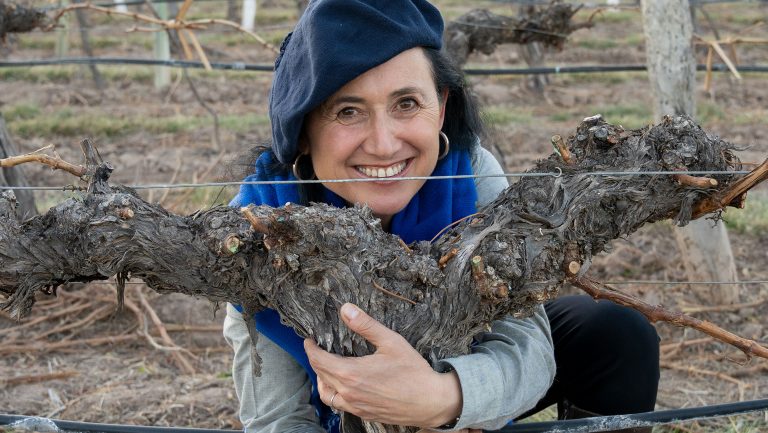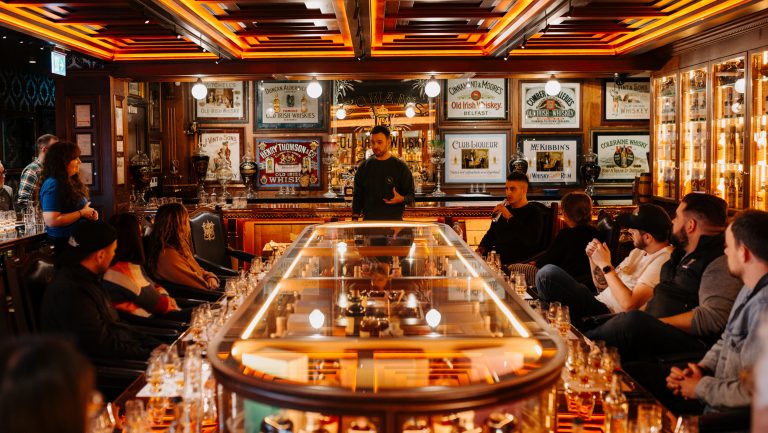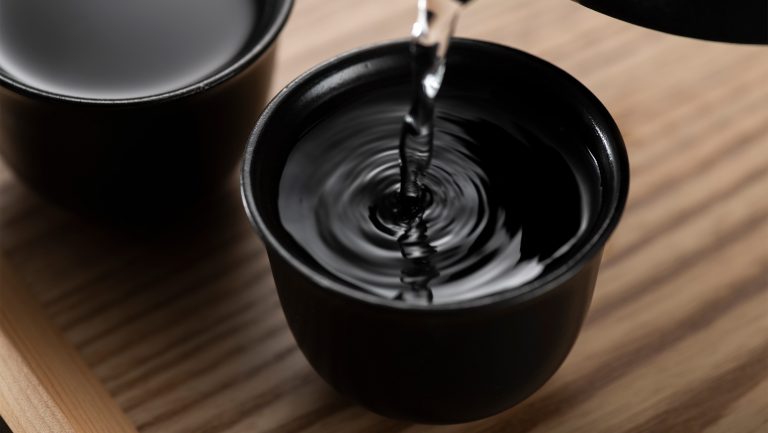There is a fair amount of agreement among people in the drinks business that the development of craft whiskey is roughly paralleling that of craft beer. The long loneliness of the earliest producers, the controversy over nonmaker producers who don’t own production facilities, the fight for distribution, early buyouts by established producers—the progression appears to be on a parallel but accelerated timeline, hitting most of the points along the way.
One of those points may be the acceptance of sometimes mediocre-quality products by true believers. It’s a case of wish fulfillment. People in both the wholesale-retail chain and on the customer side want these products to succeed—and want them to be good—for their own reasons. Those may include the common desire to see the little guy win against the odds, to support a local business, or just the possibility of discovering a product no one else knows about.
To be blunt, though, some of the new craft whiskeys do not measure up to the benchmarks of established whiskey makers. They are different, to be sure, and that’s some of the appeal. But some of them (most of them) do not have the aged, integrated characteristics of a well-received whiskey from an established producer. Of course they don’t. Many of them contain little whiskey that’s more than about three years old. There’s also a problem with the price, as the new guys have to charge relatively high prices to keep the doors open.

Don’t miss the latest drinks industry news and insights. Sign up for our award-winning newsletters and get insider intel, resources, and trends delivered to your inbox every week.
Getting Good Enough to Drink
“There are good ones out there, but the bad stuff outweighs the good stuff right now,” says Robin Robinson. He’s been with Compass Box, and he recently set up as a sales and marketing consultant to the spirits industry. “The challenge of that is finding those [good] guys. We’re seeing a movement in progress, an arc of time.”
That’s the crux of the problem. I’ve been tasting and writing about whiskey for about 20 years, and I’ve tasted a lot of the new whiskeys. While some have been quite good, or at least showed excellent potential, I can commiserate with a colleague who commented late last year: “When are these young whiskeys going to get good enough that I actually want to drink them?”
That may sound harsh, but he’s hardly the first person to say it, and certainly not the first critic. Yet the young whiskeys do have enthusiastic fans. Who are they? How do they come to craft whiskey?
“I think it’s an interesting mix,” says Paul Hletko, the founder of Few Spirits in Evanston, Illinois. “Couple years ago, it was primarily hard-core whiskey drinkers engaging with it. Now more wine and beer drinkers, which would mean craft whiskey drinkers, are adding people to the whiskey world—not stealing them. But there’s a healthy dose of whiskey aficionados who want to go across the categories pretty aggressively.” Hletko speaks from confidence; I picked Few Rye as craft whiskey of the year at another publication several years ago, a choice that met with little disagreement in the business.
David Driscoll, whiskey buyer for K&L Wine Merchants in San Francisco, got a bit philosophical about it. “As in life, there are people who are unnerved by change and therefore cling to the past, and there are those who are excited by what’s new and modern,” he says. “There are people who don’t listen to music beyond a certain era, which is why we have oldies radio stations. Whiskey tends to work the same way, from what I’ve seen. There are the folks who have been drinking Scotch and bourbon for a while and are now just trying to maintain their quality of lifestyle, while new drinkers tend to be more experimental and less worried about what used to be.”
Who’s Drinking What?
Is there crossover between the two drinking classes? Do Scotch and bourbon drinkers drink craft whiskey? And what happens when a craft whiskey adapter tries one of the established classics?
“I’d make an educated guess that our experienced whiskey drinkers are exploring craft options at a somewhat lower ratio than those new to whiskey, but still respectably so,” observes Wesly Moore at Bar Keeper, a Los Angeles liquor store with a strong selection of independent craft spirits. “The majority of our customers are either coming in with the goal of looking for something new and interesting, or are at least perfectly happy to say, ‘Okay, you don’t stock Bourbon XYZ. What else would you suggest?’ So they’re not locked in to the producers they know.
“Where I see people being less willing to take a leap with a new, unfamiliar producer is when they’re buying a bottle as a gift for someone with specific known likes,” Moore says. “‘He only drinks Blanton’s’ usually means less interest in hearing alternative suggestions. People seem to be more willing to be adventurous when the bottle is for themselves.”
And on the other side, Moore sees interest as well. “I see a lot of our customers who enjoy exploring new, small producers as being pretty egalitarian,” he says. “After trying a few different whiskeys from new small producers, they’re happy to try something from a larger producer. ‘You’re enjoying these bourbons so much, but you’ve never tried Eagle Rare 10 Year. Why not?’ And they try, and enjoy, but then are happy to try more whiskies from smaller producers that cost them $10 more. And that’s fine.”
Then there are the people who are coming to this from a different angle. Gabrielle Dion opened The Mixing Glass in Costa Mesa, California, three years ago with a tight focus on the spirits and paraphernalia for cocktails. “I don’t think you can take the people who enjoy Russell’s Reserve and Buffalo Trace,” she says, “and just shove them into craft whiskey and assume they’ll like it. To think anyone who likes a standard American bourbon is going to like something like Sonoma County Distilling is a gamble.
“But craft drinkers,” she continues, “enjoy gin, agave spirit, brandy; they’re curious. The people that are coming back for craft whiskey, not just experimenting, usually have a palate for these other spirits as well. They like a good distillate. Craft whiskeys tend to have a different flavor profile: smaller stills, smaller barrels.”
Robinson makes a similar observation: “What I’m seeing in craft is that out of necessity—because whiskey has been defined as being aged in wood a long time, and they don’t have that luxury—distillers are paying much more attention to the front end of distilling. What they’ve been putting into the still is a different liquid from what their predecessors have been putting in. Stills are smaller, so there’s more control. I have a client who sits on a rye farm that’s been there for a hundred years, in an area with some of the most fertile topsoil on the planet. It’s a completely different grain from a commodity grain. So you have all these differences on the production side, as opposed to the aging side, solely out of necessity.”
Changing the Idea of Whiskey
It’s a different way of thinking about whiskey, and that, says Robinson, is what has some people concerned. Not just whiskey drinkers, or marketers from the big distillers, but legends like Scottish distilling icon Jim McEwan, who, although he’d recently retired after bringing Bruichladdich back into production, then signed on to start up the new Ardnahoe Distillery.
“I was talking to Jim about three years ago,” Robinson recalls. “I mentioned to him that I was thinking about moving into small, craft spirits. In Jim’s inimitable style, he said, ‘You’d better! A lot of them don’t know what the fuck they’re doing, and they’re going to kill whiskey for 25 years! They’re changing whiskey to the point where no one will know what whiskey is.’
“Every time I encounter a brand,” Robinson says, “I keep Jim’s comment in the back of my head. I partially agree with him, but in a different way than he thought. I do think that the craft movement is going to change the way consumers encounter whiskey, but that isn’t necessarily a bad thing.”
Robinson and Driscoll contend that millennial drinkers choose their whiskeys in a different way. They’re not getting guidance from books or blogs—they don’t care for the values of the whiskey establishment. There’s a collectivism to it; the hive mind of social media has an effect. “I work with a number of 24- to 30-year-old colleagues,” says Driscoll, “who really don’t care about what the old guard, like me, perceives as good or not good.”
It’s the same kind of drive toward the new, and a tendency to discount traditional producers, that has channeled craft beer’s direction. There’s no sense of wanting to taste the classics and create a basis for comparison. “They seem much more interested in what’s new—a new distillery in Arkansas, a new whiskey from Alaska,” Driscoll says. “They’re looking for an expanded worldview.”
“They’re experience-driven,” says Robinson, “and they’re looking for [the whiskey] to be part of the experience.”
That may drastically change the direction of whiskey, which may not be all bad. As Driscoll notes, buying a bottle of whiskey has become a stress-inducing analysis of price, age, ratings, and rarity. Maybe, he says hopefully, “craft whiskey will cure us of that condition.” That might just be worth it.

Dispatch
Sign up for our award-winning newsletter
Don’t miss the latest drinks industry news and insights—delivered to your inbox every week.
Lew Bryson has been writing about beer and whiskey for more than 25 years and is the author of Tasting Whiskey. Find him on Twitter.







